Description
Multiflower honey is the most common honey on the market. However, this is typical of the mountainous areas of Sardinia, where the spontaneous blooms of Erica Arborea, Lavandula, Asphodel, Cistus, Rosemary and a varied number of wild thistles, give an ever new and intriguing mix.
Its flavor changes from year to year, remaining, however, always linked to a certain aroma, which allows it to be recognized among all the other numerous kind of multiflower honeys.
Prevailing pollens and nectars guarantee by producer:
Asparagus acutifolius, Asphodelus, Trifolium repens, Erba viperina, Citrus, Borage, Trifolium alexandrinum, Thistle, eucalyptus.
The net weight in the glass pot is standard 250 g.
- Taste: sweet, or very sweet but never sickly, viscous.
- Scent: delicate, common and typical, reminds of grass and spring flowers.
- Outer appearance: from light to lightly dark amber; wide range of colors based on the prevailing blooms.
Our suggestion for:
- Food pairings: a good pairing is with semi-aged goat’s or ewe’s cheese like Pecorino Romano DOP, but you can also taste it on top of ice creams, fruit salad, yogurt and pannacotta. Ideal also to sweeten drinks.
How to prepare for serving: at room temperature add a table spoon of Multiflower Honey to one of the food pairing suggestion. Whether the honey has crystallized, let water bath for 10 minutes at 50°C.

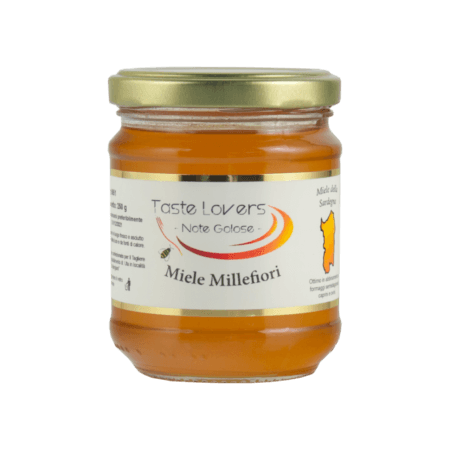

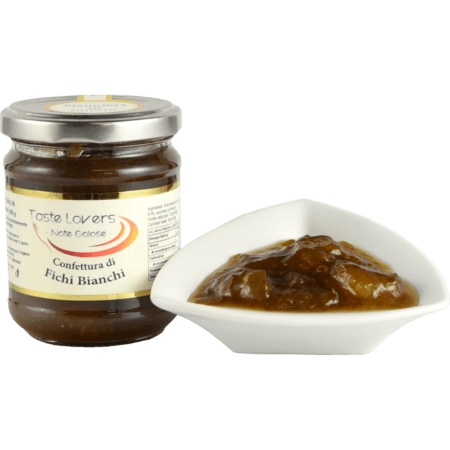 Taste Lovers
Taste Lovers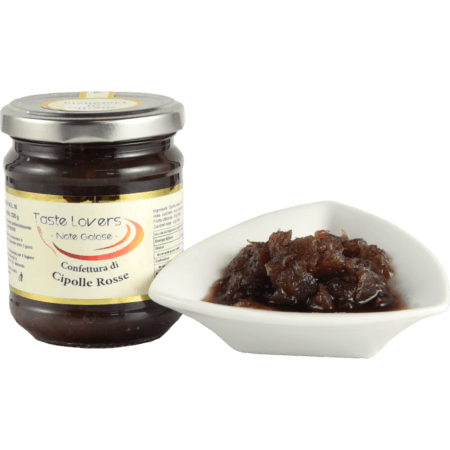 Taste Lovers
Taste Lovers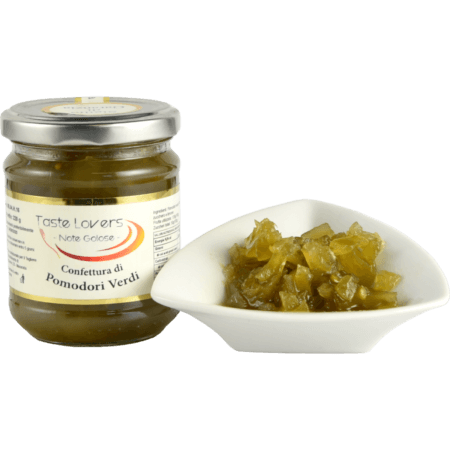 Taste Lovers
Taste Lovers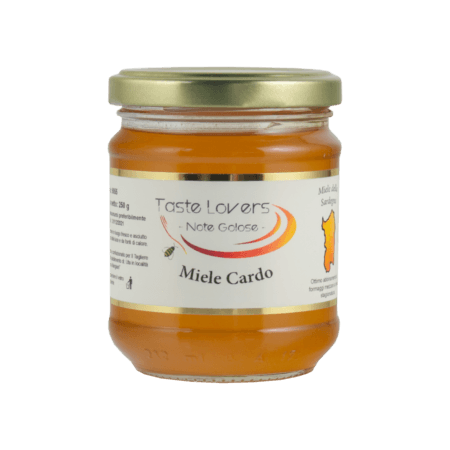 Taste Lovers
Taste Lovers Taste Lovers
Taste Lovers Taste Lovers
Taste Lovers
Reviews
There are no reviews yet.